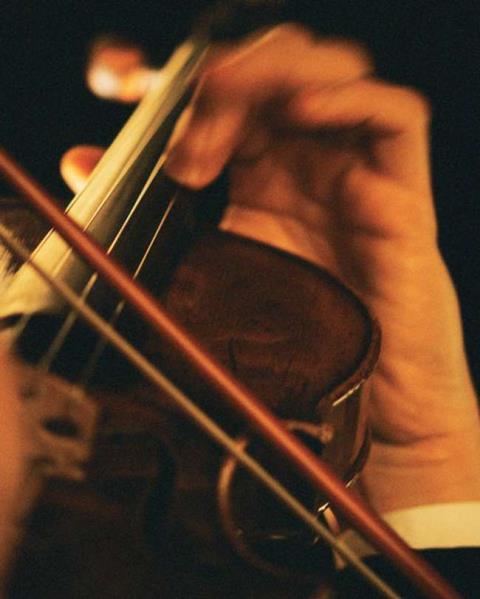Tips from The Strad’s archive on increasing suppleness of movement and reducing tension

Discover more Technique articles like this in The Strad Playing Hub
The following quotes from our archive were originally published in June 2015.
One of the hallmarks of any good left hand is that the main movement of the fingers is from the base knuckle joints. Heifetz is a wonderful example of this: his fingers had an extraordinary, spongy liquidity of movement that was completely independent of the hand, which remained quite still.
The arms, legs and fingers all have three levers: the upper sections of the leg, arm and finger are the strongest, and the large, main movements originate from them. Violinists and violists must avoid the danger of dropping and raising the fingers partly with a movement of the hand, rather than moving from the base joints. This is like trying to walk by replacing part of the upper-leg movement by rotating the back with each step.
Simon Fischer, The Strad, December 2008
The left hand should be loose. To fight tension you must have a sense that air can pass through your hand; it should feel open. I use a slightly slanted position in the cello left hand – not too square – with my palm slightly facing the floor. This way the hand remains in the same shape in all positions, which is very efficient.
I am careful using extensions; they can freeze the left hand. My opinion is that extensions are practicable as long as you release the tension caused by stretching the hand. Once a note has sounded I stop pressing down on the string, releasing the pressure.
Tsuyoshi Tsutsumi, The Strad, December 2003
The wrist must be flexible at all times and the hand free for the vibrato motion. Your left elbow must be well under the violin and the left hand fingers held high to give the finger tips the flexibility to rotate. Ideally, the thumb should not protrude above the fingerboard. It should be placed, preferably, on the fleshy portion and positioned slightly behind the index finger.
Aaron Rosand, the Strad, January 2014
Read: Technique: Left-hand calisthenics
Read: Left-hand agility in Dont Etude op.35 no.8
Read: Avoiding the ‘neutral zone’- what to do with your bow when playing violin trills
Read more Technique articles like this in The Strad Playing Hub
The placing of the fingers on the string and the roles of different muscles in the arm and hand during this action are very complicated. The dropping of the fingers should be done with ‘a live springing action,’ according to Paul Rolland. The authorities warn against using too much force in this action. Ivan Galamian warns that ‘banging and pressing is apt to build tensions that are dangerous,’ against which Rolland suggests: ‘After an articulate impact, relax the finger and allow to vibrate’.
Rok Klopčič, The Strad, February 2005
You do not need to try to develop flexibility in your hands and fingers. You already have it most of the time. Away from the violin, whenever you are engaged in everyday activities, your hands are relaxed and soft. You must keep that softness and flexibility when you play the violin. Athletes and musicians alike must guard against tensing up in the fraction of a second before performing an action, in preparation for it. Consider this sequence:
1. Your hands are soft and pliable before you pick up the instrument; keep them like that as you go to pick up the violin and bow; then keep them soft and pliable as you move your fingers around the fingerboard.
2. Before you play any note, release the hand and fingers and keep them soft, balanced and free of any sort of pressing or counter-pressing.
Simon Fischer, The Strad, April 2005
The thumb must be free. Its position is entirely dedicated by the action of the hand and fingers as they go up and down the fingerboard; it simply goes along for the ride.
Often, due to poor instrument balance, students use the left hand to support and steady the instrument. This, combined with a resultant insecurity in fingering and shifting and concern about vibrato speed, leads to squeezing the neck of the instrument. While this reaction is understandable, it stifles sensation, responsiveness and the ability to move. Shifting and the vibrato impulse suffer, and the sound loses ‘roundness’ because the pads of the fingers are compressed into the strings.
Dr Robert Drew and Karen Tuttle, The Strad, October 1995
Read: 8 ways to vary your vibrato
Read: 7 tips for playing fast passages
Read: 5 tips from Isabelle van Keulen on achieving a relaxed bow hold
Explore more Technique articles like this in The Strad Playing Hub
Reference
Technique: Left-hand calisthenics
- 1
- 2
- 3
 Currently reading
Currently reading6 ways to improve left-hand flexibility
- 4
- 5
- 6
- 7
- 8
- 9
- 10
- 11
- 12
- 13
- 14
- 15


























































No comments yet